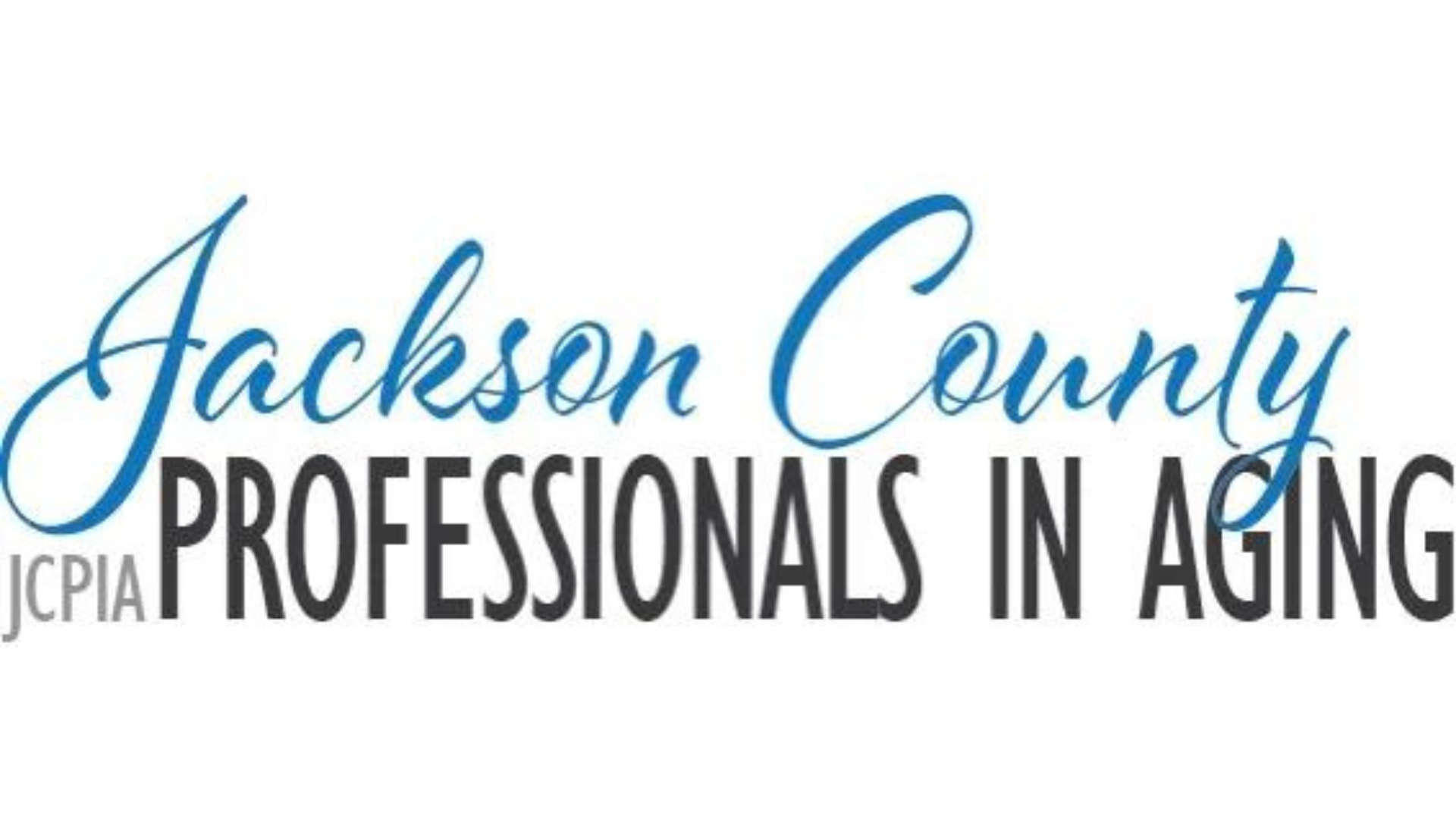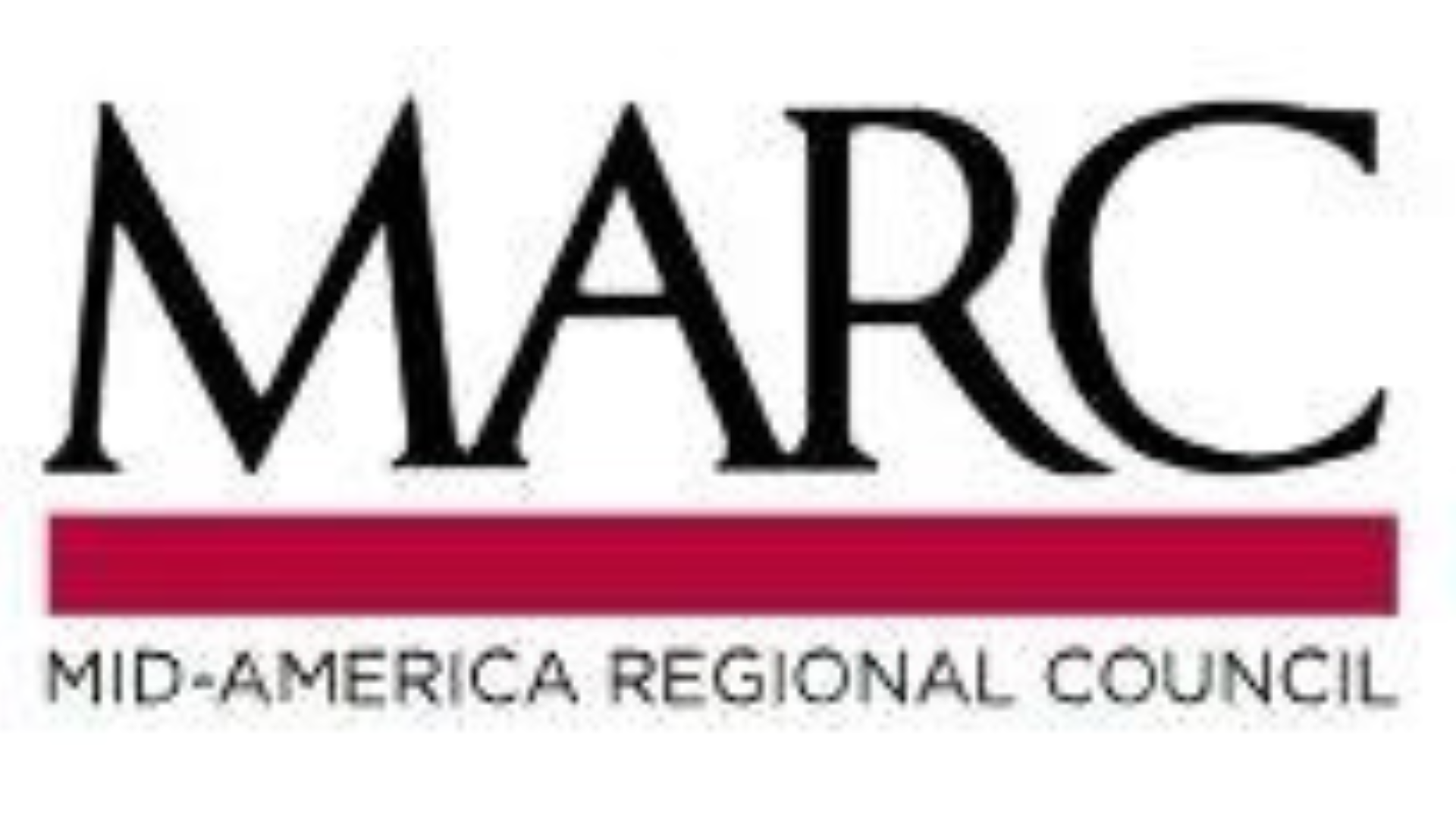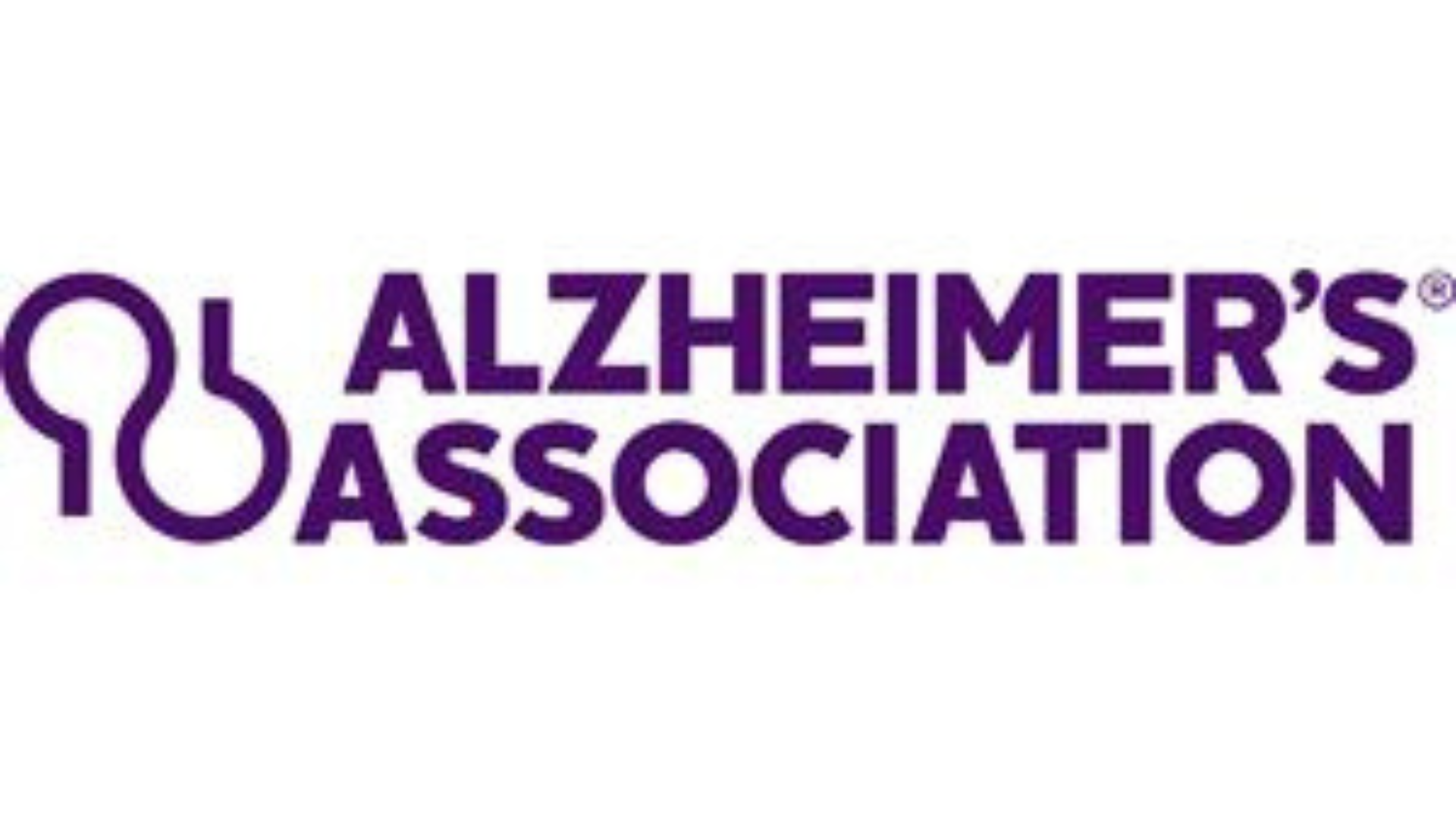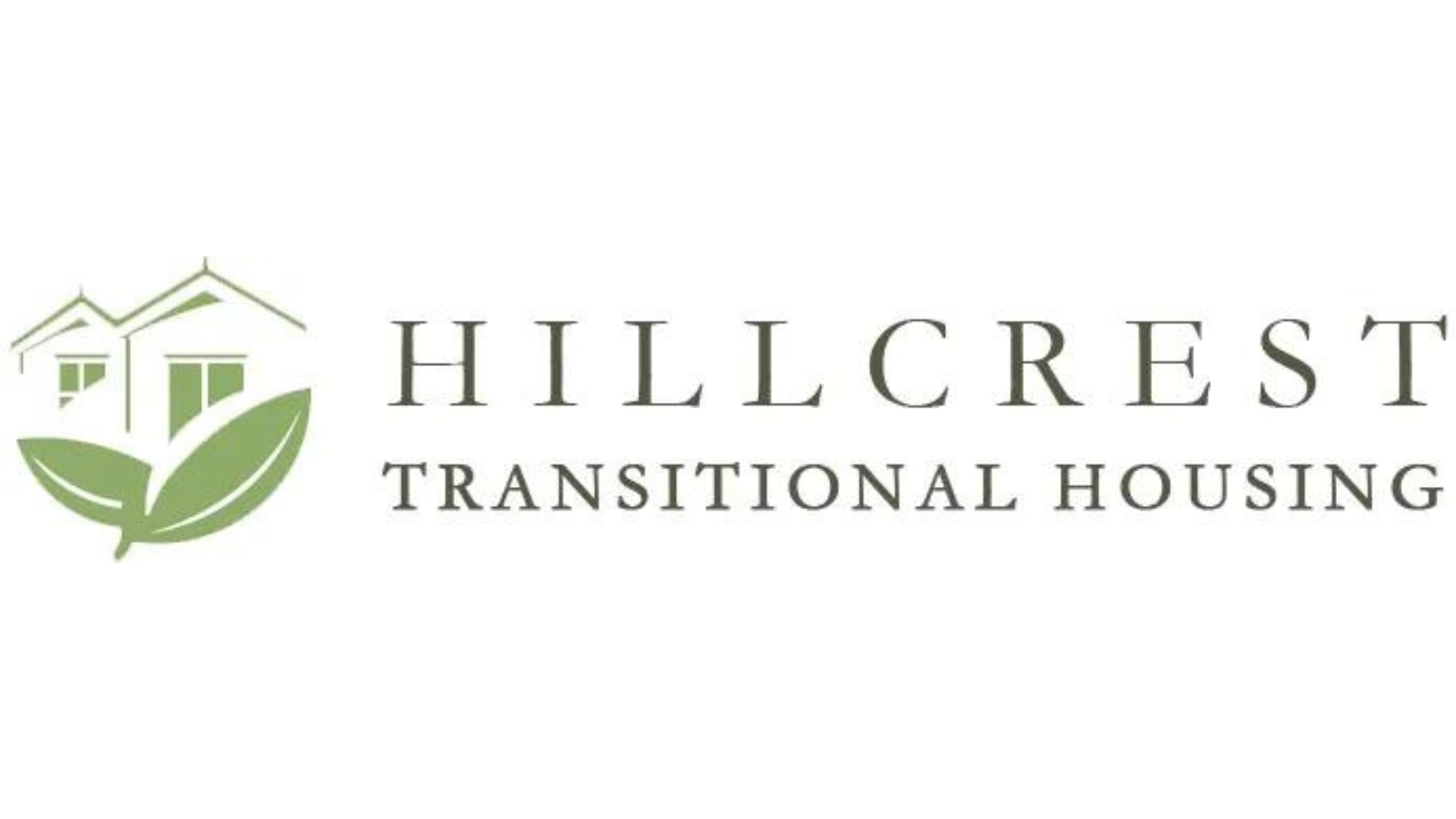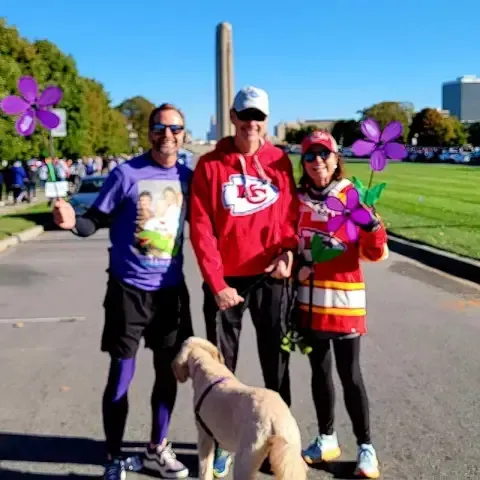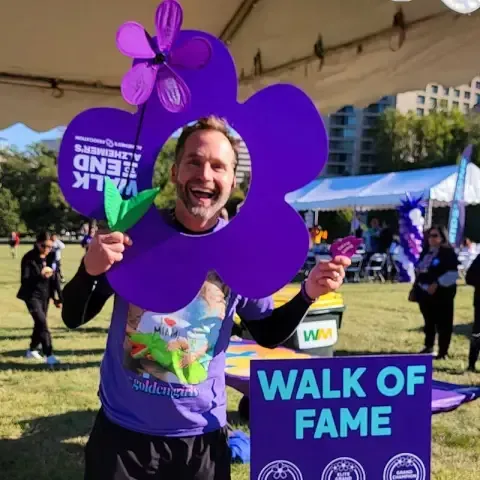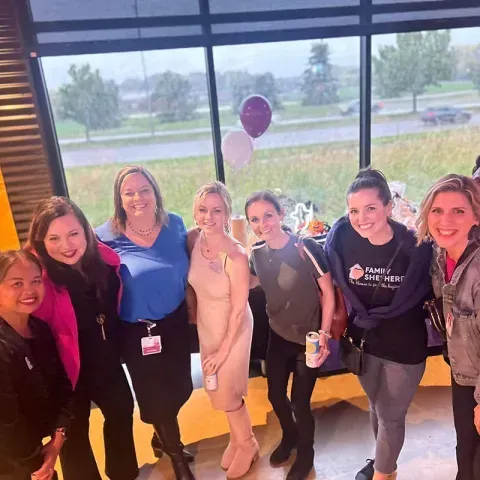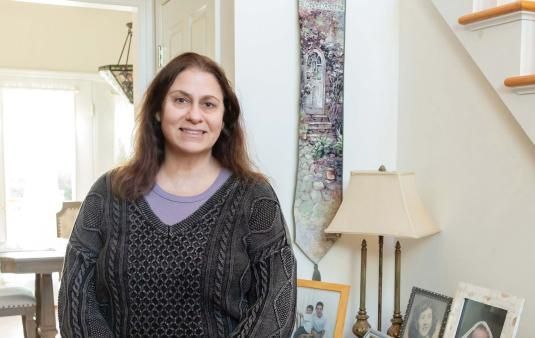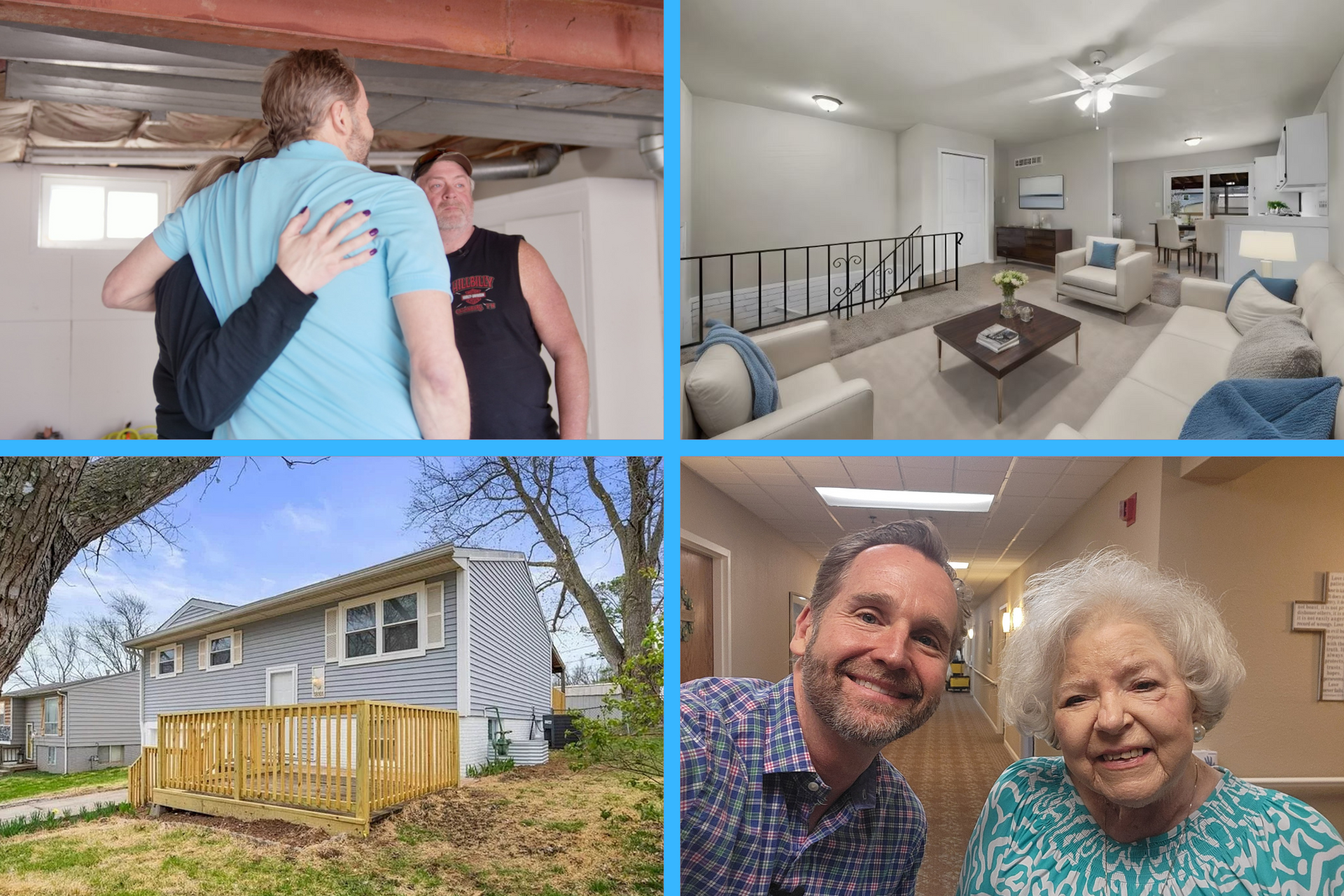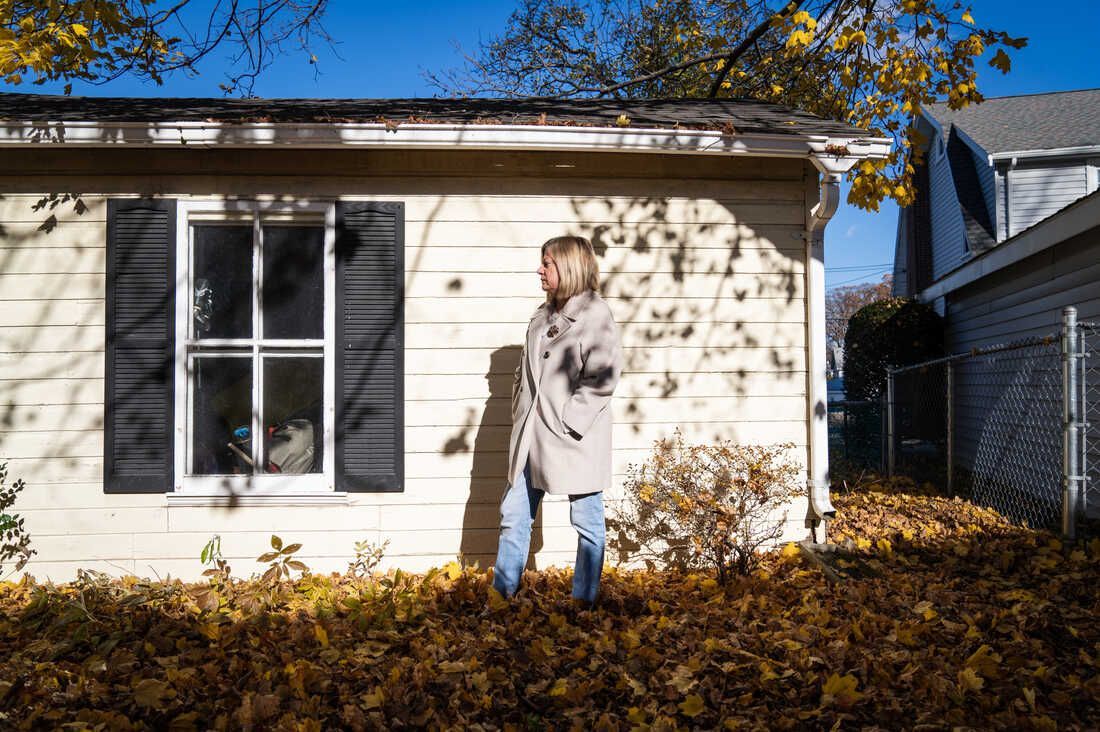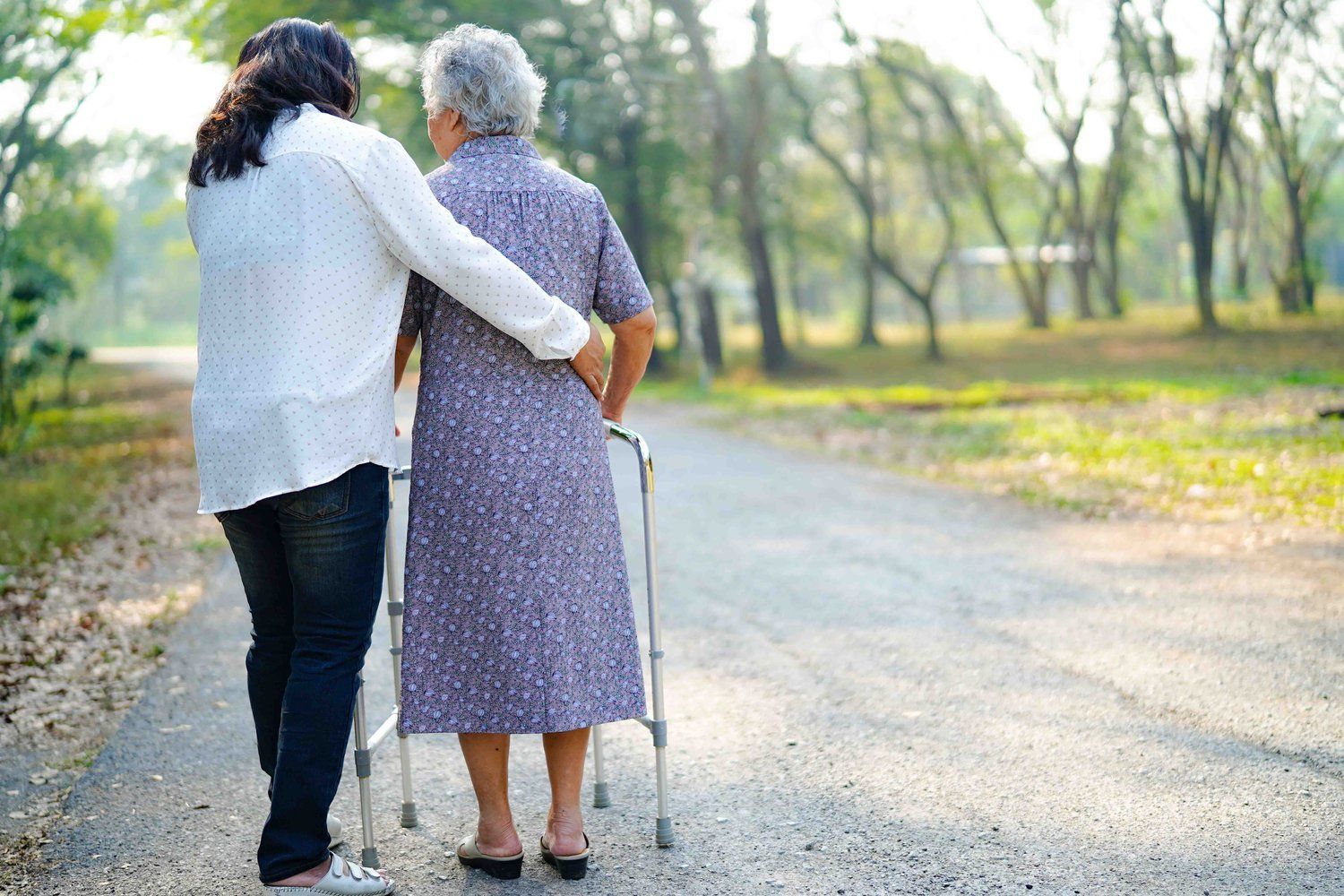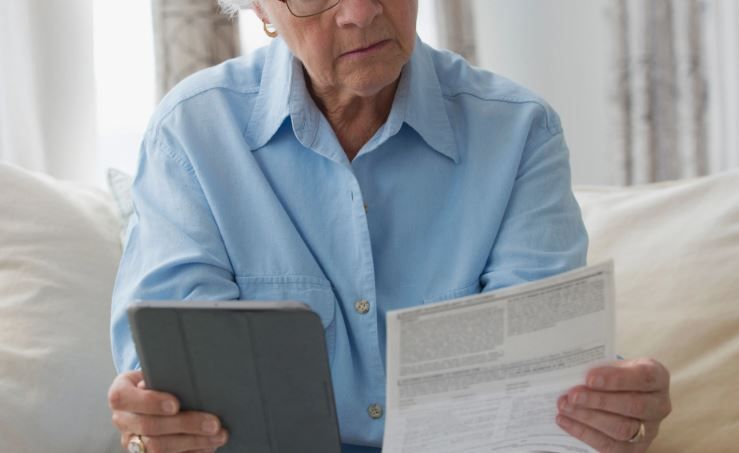Understanding Activities of Daily Living (ADLs) and Care Options
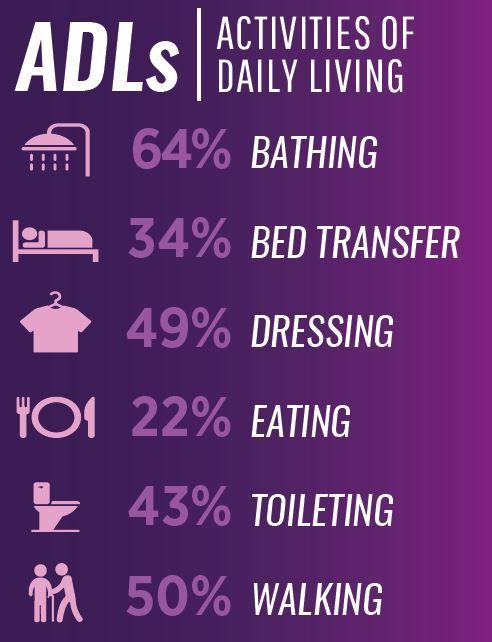
What Are Activities of Daily Living (ADLs)?
Activities of Daily Living (ADLs) are the basic tasks that individuals need to perform daily to maintain their personal well-being. These include:
1.
Bathing - The ability to wash oneself and maintain personal hygiene.
2. Dressing - The ability to choose appropriate clothing and dress independently.
3. Eating - The ability to feed oneself, including preparing necessary food.
4. Toileting - The ability to use the restroom independently and manage personal hygiene afterward.
5. Transferring - The ability to move from one place to another, such as from a bed to a chair or standing up from a seated position.
6. Continence - The ability to control bladder and bowel movements.
In-Home Care vs. Assisted Living: Which is Right for Your Loved One?
When a loved one begins to struggle with ADLs, it’s essential to consider the type of care that will best support their needs while maintaining their quality of life.
In-Home Care:
- Personalized Attention: In-home care allows your loved one to receive assistance with ADLs in the comfort of their own home. Care can be customized to their specific needs and schedule.
- Familiar Environment: Staying at home allows them to remain in a familiar setting, surrounded by personal belongings and memories, which can be comforting, especially for those with cognitive impairments.
- Flexible Care Plans: Care can range from a few hours a day to 24/7 support, depending on the level of assistance needed. This can include help with ADLs, meal preparation, medication management, and companionship.
See our article on in-home care here
Assisted Living:
- Comprehensive Support: Assisted living communities provide a structured environment where help with ADLs is readily available. This can be particularly beneficial for individuals who need more consistent care or have multiple care needs.
- Socialization Opportunities: These communities offer social activities, group dining, and events that encourage interaction and can help reduce feelings of isolation.
- On-Site Healthcare: Many assisted living facilities have healthcare professionals on-site or on-call, providing peace of mind that medical assistance is always nearby if needed.
we're happy to introduce you to resources that we know like and trust that won't cost you anything to help you evaluate what level of support that you need for you or your loved one. Click here to learn more.
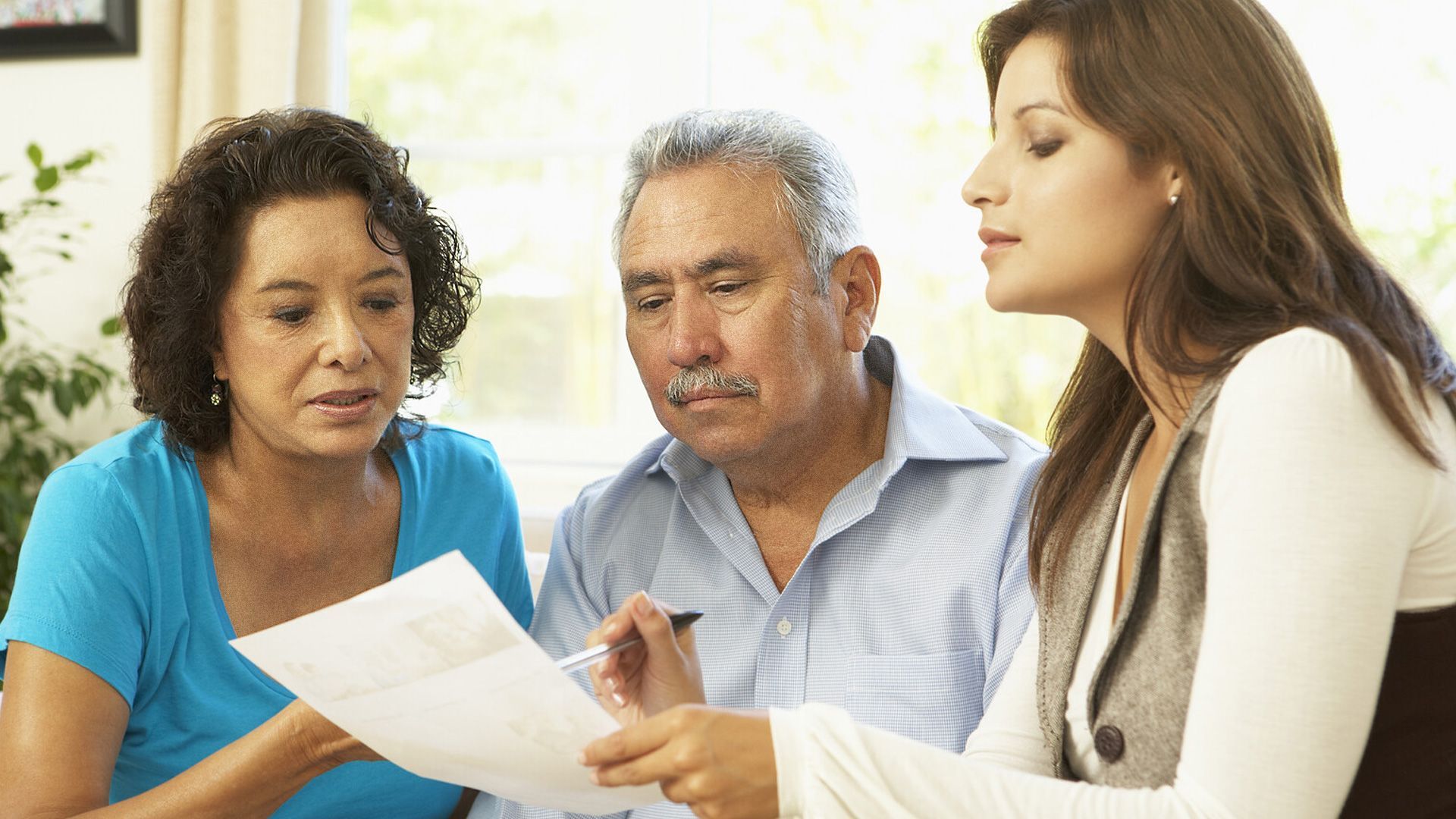
Making the Choice:
The decision between in-home care and assisted living should be based on your loved one’s level of independence, health status, and personal preferences. If they require occasional help and wish to stay in their home, in-home care might be the best option. However, if they need more consistent assistance or would benefit from the social aspects of a community, assisted living could be the ideal choice.
Ultimately, the goal is to choose the option that provides the right balance of support, safety, and quality of life for your loved one. At Family Shepherd, we have many resources that we know, like, and trust that we can introduce that can help you navigate In-home care versus Assisted Living some of these decisions.
Click here if you'd like to get an introduction.



